In this report, we explore how and to what extent digitalisation can be instrumental in reducing the environmental impacts of passenger and freight transport in urban and non-urban settings. To do so, we discuss nine, digitally-enabled technologies that are currently central in mobility-related policymaking: teleworking and virtual mobility, autonomous passenger and freight transport, multimodal services, smart logistics, digital tools for demand management, air traffic management, and digital monitoring solutions for greenhouse gases and air pollution emissions.
In all of those domains, digitalisation has the potential to make the mobility system more sustainable and promote positive behavioural shifts, fair business models and system(s)-wide optimisation. At the same time, digitalisation can exacerbate pressures exerted on the environment: it can increase demand for transportation due to improved efficiency and reduced costs, and make less sustainable personal mobility modes more attractive. To realise the potential digital technologies could bring, it will be fundamental to keep a close eye on potential impacts. This way, we will come closer to achieving a sustainable and just transition.
How digital technologies could improve the environmental performance of transport
Explore the different technologies below:
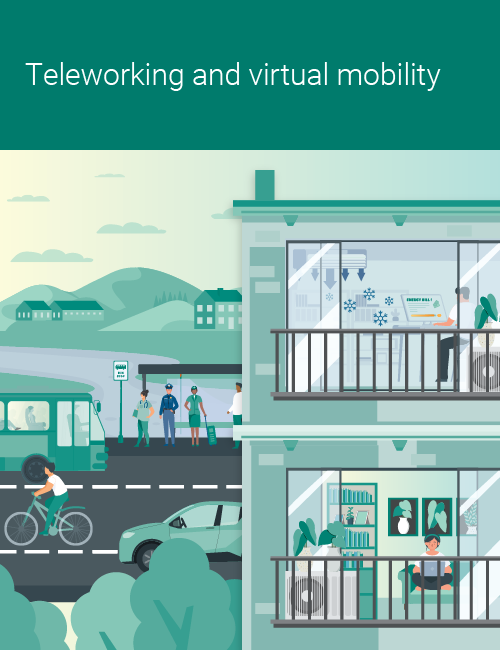
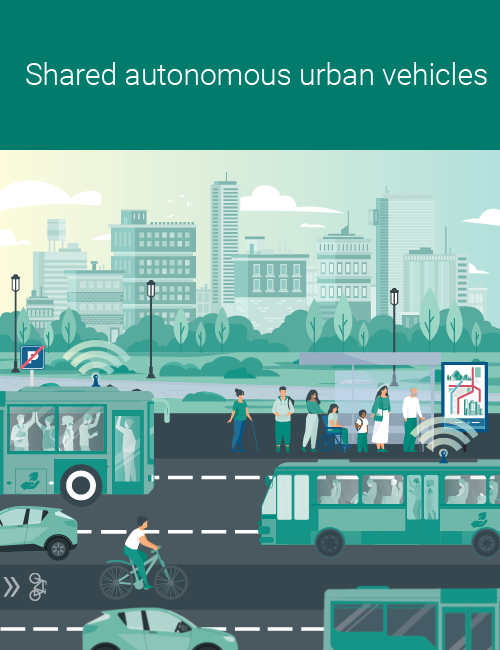
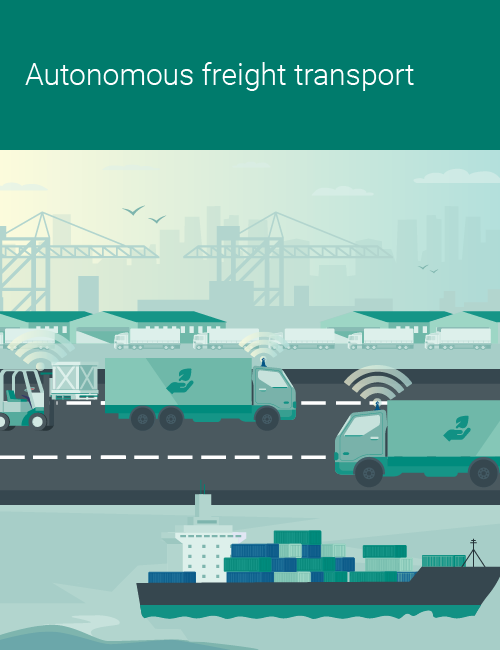
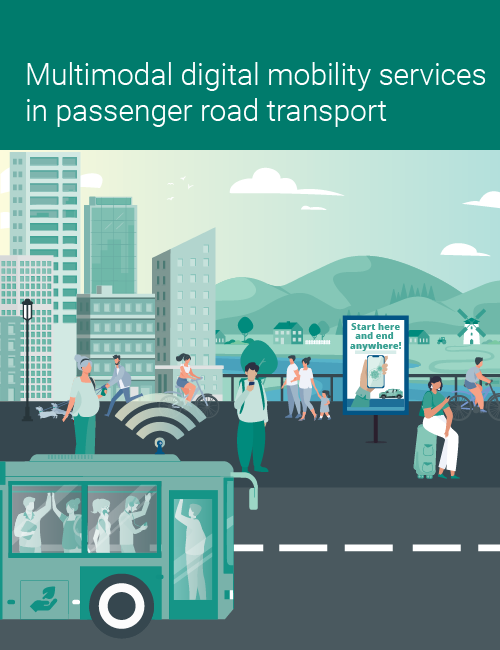
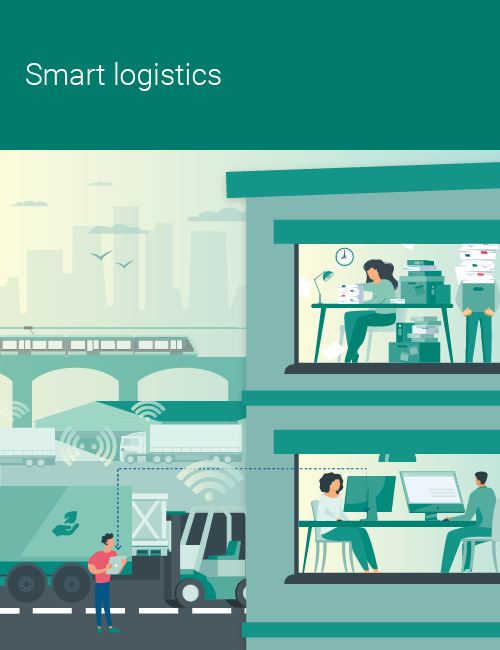
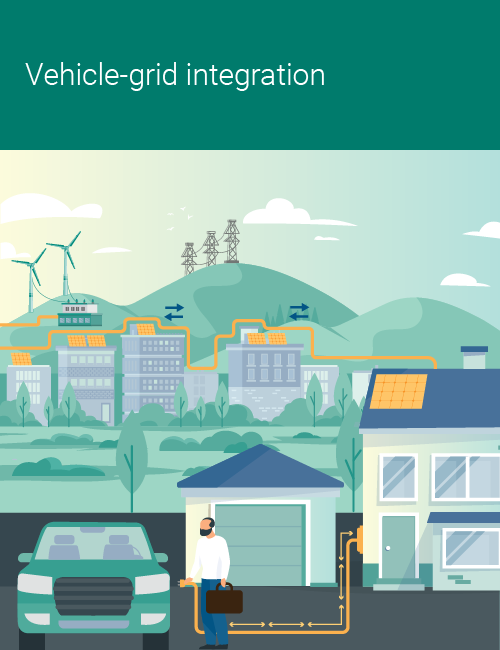
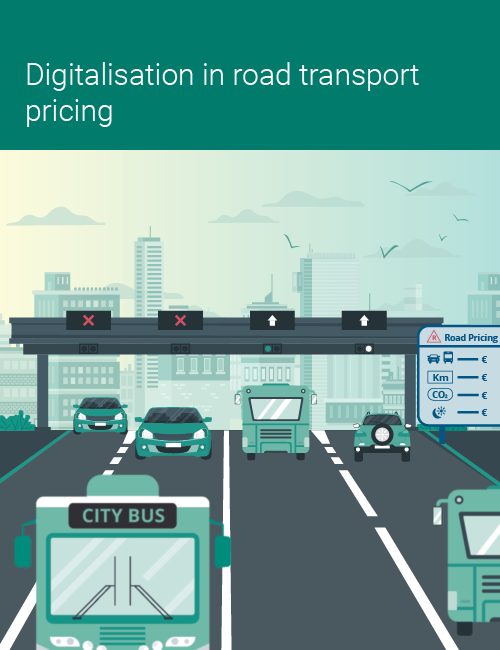
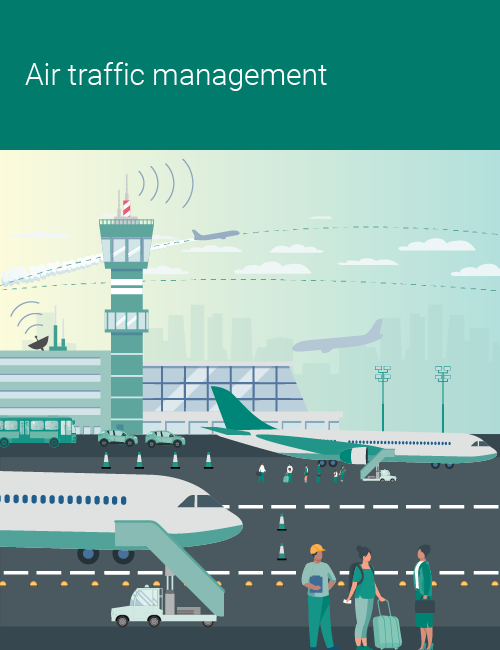
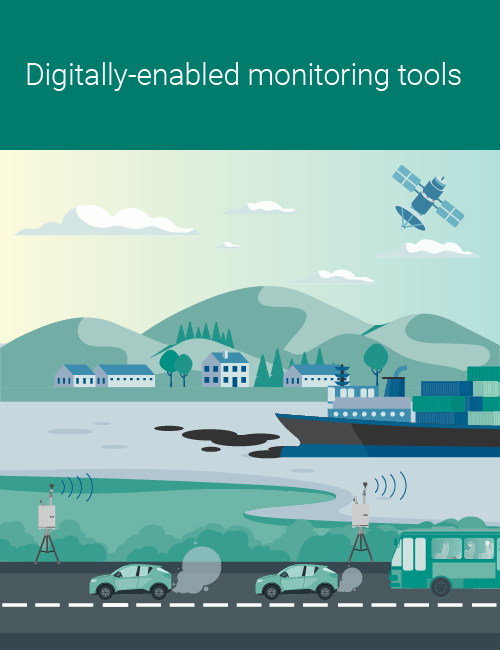
Document Actions
Share with others